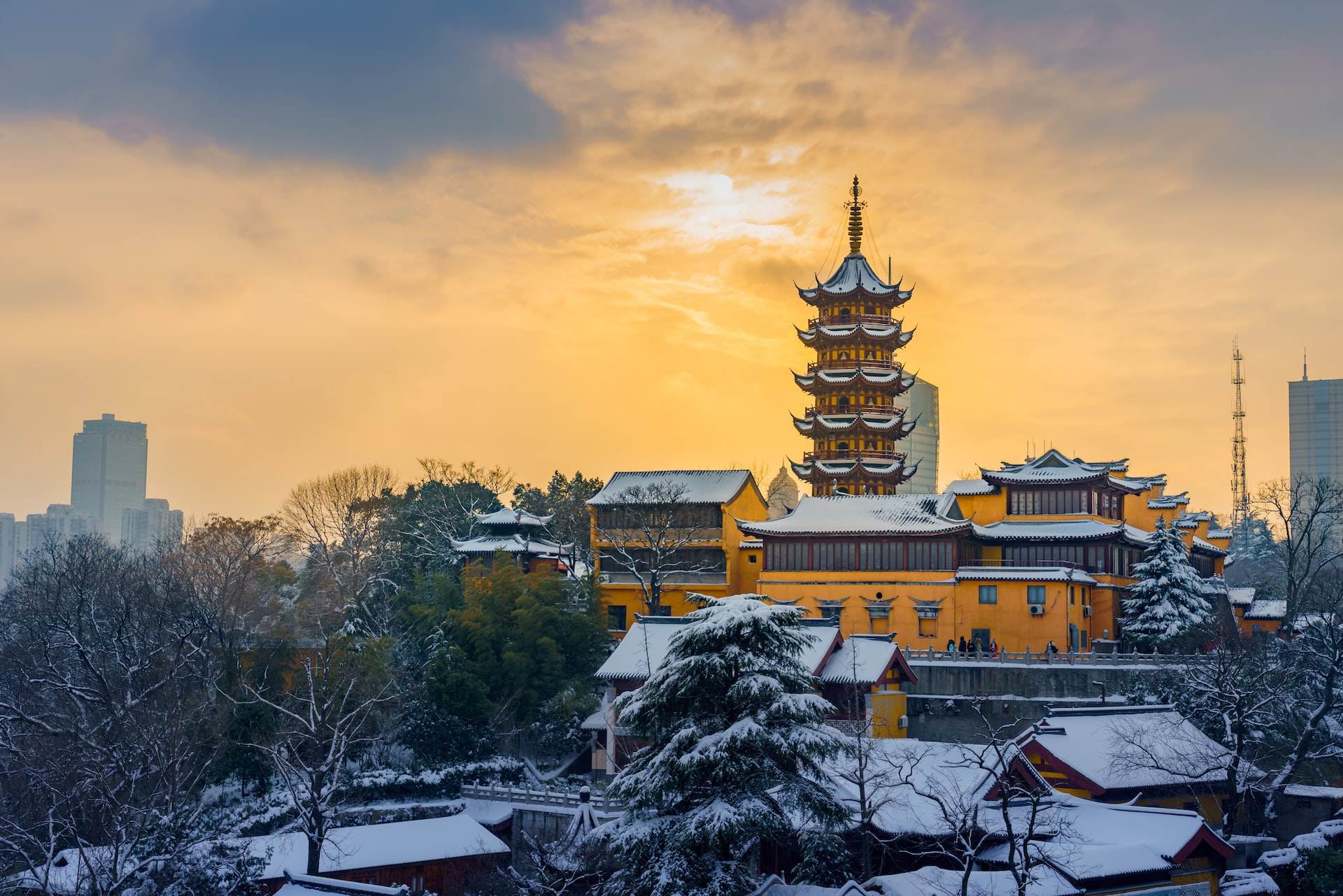Nara neighborhoods are a melting pot of culture, history, and natural beauty. The city is known for its temples, shrines, and parks, but it also boasts a range of neighborhoods that cater to different lifestyles and interests. Whether you’re a history buff, a nature lover, or a foodie, there’s a neighborhood in Nara that’s perfect for you. In this blog post, we’ll take a closer look at some of the most popular neighborhoods in Nara, and what makes them unique.
Nara Park
Nara Park is the most famous and popular tourist spot in Nara. The park is home to around 1,200 wild Sika deer, which are considered to be messengers of the gods in Japanese mythology. Visitors can feed and interact with the deer, which are considered to be a National Treasure. The park is also home to several UNESCO World Heritage sites, including Todai-ji Temple and Kasuga-taisha Shrine. The park is also a great place to enjoy nature, with walking trails and picnic areas.
Isui-en Garden
Isui-en Garden is a beautiful garden located in the heart of Nara. The garden was built in the 17th century and is considered to be one of the best examples of a traditional Japanese garden. The garden is divided into several sections, each with its own unique features, such as a pond, a waterfall, and a tea house. Visitors can enjoy the peaceful atmosphere of the garden and the beautiful views of the surrounding area.
Yoshikien Garden
Yoshikien Garden is a beautiful garden located on the slopes of Mount Wakakusa. The garden is known for its autumn foliage and its cherry blossoms in spring. The garden is also home to a tea house, where visitors can enjoy a cup of tea and traditional sweets while admiring the views.
Kofuku-ji Temple
Kofuku-ji Temple is one of the most important temples in Nara. The temple was founded in the 8th century and has a rich history. The temple is known for its beautiful architecture, including the five-story pagoda and the Eastern Golden Hall. Visitors can also see the temple’s collection of Buddhist statues, including the 11-faced Kannon, which is considered to be one of the most important Buddhist statues in Japan.
Heijo Palace Site
Heijo Palace Site is the ruins of the palace of the imperial court during the Nara period (710-784). The palace was the political and administrative center of Japan during this time. Today, visitors can see the ruins of the palace, including the foundations of the buildings and the moats. The palace site is also home to the Heijo Palace Archaeological Museum, where visitors can learn more about the history of the palace and the Nara period.
Naramachi
Naramachi is a popular shopping district in Nara. The area is known for its traditional Japanese goods, such as kimonos, pottery, and traditional sweets. There are also many shops selling traditional Japanese crafts and souvenirs. In addition, the area has a number of traditional Japanese restaurants, where visitors can try local Nara dishes such as soba noodles and venison.
Todai-ji Temple
Todai-ji Temple is one of the most famous and important temples in Nara. The temple was built in the 8th century and is the largest wooden building in the world. The temple is known for its giant bronze statue of Buddha, which is one of the largest statues of Buddha in the world. Visitors can also see the temple’s collection of Buddhist statues and artifacts, and take a walk in the temple’s beautiful gardens.
Nara National Museum
Nara National Museum is one of the most important museums in Japan. The museum is dedicated to the art and culture of the Nara period, and has a collection of over 4,000 artifacts, including Buddhist statues, scrolls, and ceramics. The museum also has a library with over 50,000 books and documents related to the Nara period. Visitors can learn about the history and culture of the Nara period and see some of the most important artifacts from the period.
Overall, Nara is a city with a rich history, culture, and natural beauty. The neighborhoods of Nara offer a diverse range of experiences for visitors, from temples and shrines to traditional merchant houses, gardens, and museums. Whether you’re interested in history, culture, or nature, there’s something for everyone in Nara.



